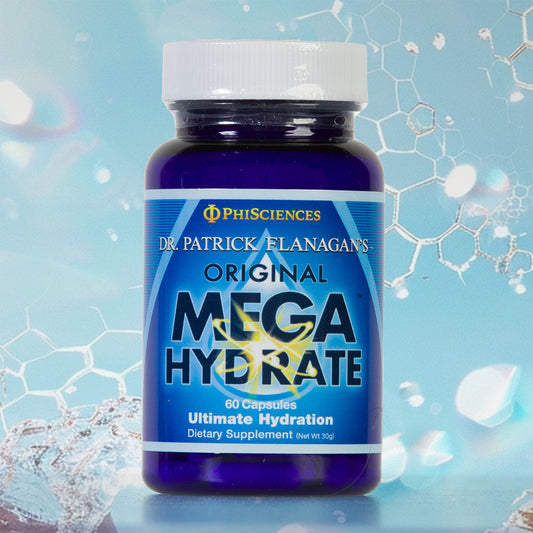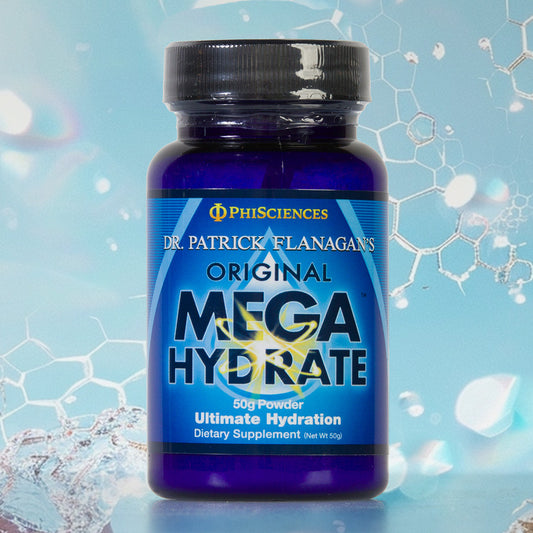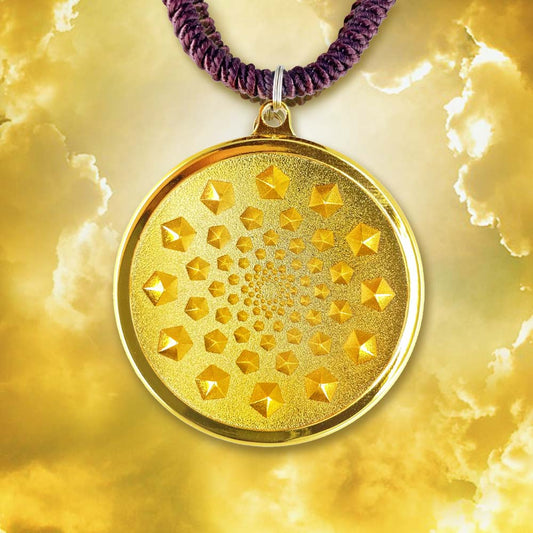LIFE Magazine, Sept 14, 1962 Feature Article about Dr. Patrick Flanagan
Scan of the Featured LIFE Magazine, Sept 14, 1962. Feature Article about Dr. Patrick Flanagan. Full written story after scan.

Whiz Kid, Hands Down
LIFE Magazine – September 14, 1962
Written by: William Moeser
The very young man above is standing on his head because he says it helps him think. It evidently does. Pat Flanagan, a 17-year old inventor from Bellaire, Texas, is already nipping at the heels of the venerable 30- and 40- year-old scientists and inventors who built the remarkable structures seen on pages 54 to 65. Pat has just perfected a remarkable machine of his own which one day may help deaf people hear and blind people "see." It may also earn him a million dollars. Pat treats his imminent collision with success with equanimity, for he reckons—and who is to gainsay him nowadays—that the generation which will take over from the Take-over Generation will find nothing is impossible. Pat Flanagan is a unique and self-spurred teen-age boy who has forged his mind and body into the model of a mature and inquisitive scientist. At the same time he relects the more standard teen-age model; he is the twist champion in Bellaire—a suburb of Houston —a moderate party-goer and girl chaser, the holder of a private pilot’s license, and a spectacular gymnast.
Despite his ability to function n two worlds, Pat leaves no doubt which one he favors. "There are far too many kids my age who are willing to just get along.’ Pat is confident in his ability to do a lot more than just get along. His single-minded belief in his abilities began with a compelling dream he had when he was 8 years old. "In the dream I was told I had to learn all about physics and electronics, he says. "And it told me I should help people." Already an athletic boy able to do 300 pushups a day, he thereupon set out to improve his mind.
By the time he was 13 he was repairing television sets during summer vacations, trying to earn money to build an electronic laboratory in his attic. Pat’s restless imagination drove him to tireless sessions in his laboratory. To abet them he solicited a rare favor from his parents and his older brother Mike—the privilege to experiment there undisturbed. One weekend last October, Pat started the experiment which led to the development of his particular fantastic machine. Starting with a radio transmitter he had designed himself he tried modulating its waves to see if he could induce a sensation of hearing in his nervous system without going through the normal channels of hearing. He hooked his radio to a small transmitter which looked like an earmuff. After 34 hours of work, he stopped up his ears, put the earmuff to his head—and found he still could "hear." "‘I ran downstairs to tell somebody—anybody. I woke my mom. She just rolled over and said to me, ‘That’s nice, Pat, but I’ll listen to it in the morning.’ " She did listen in the morning and a lot of very important people have been listening to Pat ever since. Pat calls his device the "neurophone" and the process it operates by ‘‘neuroception.’’ Essentially what it does, he thinks, is transmit electrical messages—identical to those sounds generate----through the body’s nervous system direct to the brain. Hence he can place the neurophone’s earmuff someone’s spine or solar plexus, plug up his subject’s ears, and the person will still "hear." Obviously if the neurophone in fact does what it seems to do, Pat has come a long way toward short-circuiting the body’s ordinary sensory processes and giving man unprecedented access to his brain. Other inventors—many with a lot more experience and facilities than Pat—have been seeking such a device for years, and Pat explains his success versus their failure as a product of his own vigorous one-man approach to science. I believe research in the problem of electronic hearing has been limited because inventors haven’t been able to use human subjects as guinea pigs. An animal can’t tell you just what he heard or how clearly he heard it. But I was my own guinea pig and I wasn’t restricted by the possible bad effects, and I got the secret." There is some question as to just what Pat has got—even he has no firm knowledge of why his neurophone works—but no question whatever that somehow he has got onto something valuable. Several companies have expressed interest in buying the rights to the neurophone and one Corpus Christi firm has tentatively offered him a million dollars if the machine can be adapted to send visual images into the brains of blind people. Dr. William 0. Davis of Stamford, Conn.’s Huyck Corporation, a research and development company which is also fascinated by the neurophone, says, "The ability to detect radio signals in the brain is a remarkable phenomenon. If we never learn more about Pat’s invention, even if we never learn why it works, it certainly is a utilitarian breakthrough which could help a number of people." Davis, who used to run the Air Force’s basic research program, adds. "It’s important to realize that young Flanagan had the necessary intuition to invent his neurophone. You make discoveries intuitively, in the same manner you would paint a picture or write a symphony.
Pat now wants to go on to college, but he is worried about fettering his talent: ‘‘I seek the knowledge college will provide, but never want to be just satisfied with what someone else has written and done." He hopes, as his skills increase, to probe other recesses of men’s mind. "I believe some day the entire concept of medical practice will be changed by electronics," he says. "People will be tested electronically rather than with medicine. If God can make the earth and sky and the force that makes people and trees live, than inventing anything less than this should be relatively simple." Statements like this one tend prove a bit abrasive to Pat’s classmates. "Pat’s a wise guy, plenty cocky, and sure of himself," one says, ‘‘but the bad part of it he’s just that much better at anything he sets his mind to do." Pat claims this reaction does not bother him. "I want to be accepted, sure, but some people were cut out to go full tilt." Pat’s hands and mind are always going full of late. The books strewn across his cluttered attic laboratory range from Zen to Karate to electronic journals to "The Hidden Persuaders". Lights glow from a wave testing machine and he is working on a new way to tune TV sets. ‘People think I’ve accomplished so much in Life,’ he says. ‘They say what else can you do, and that stuff. But I know where I’m going and I know what I have to do. When I die I want to leave behind something which will greatly affect and help everyone.
PRESS
Hundreds of publications have covered Dr. Flanagan, his products, books, and scientific breakthroughs over the past
five decades. At age 11, stories of his discoveries were reprinted in thousands of papers. He gained the attention of Life Magazine and they wrote a feature article about Dr. Flanagan in 1962.
Dr. Flanagan is also considered one of the fathers of modern research on Egyptian Sacred Geometry and Sacred Mathematics. Dr. Flanagan’s first book in 1973, “Pyramid Power,” has sold over 1.5 million copies in hardbound and has been written about extensively.
John Salvo, Ph.D. writes a Special Dedication to Dr. Flanagan in the forward of “The Complete Pyramid Sourcebook”: “Dr. Flanagan’s Pyramid Power book has been an inspiration to me… he was the first to apply the scientific method to this study and because of this book, millions of people all over the world know about the Great Pyramid and Pyramid Research. The entire research community is indebted to Dr. Flanagan for being a pioneer in this area.”




